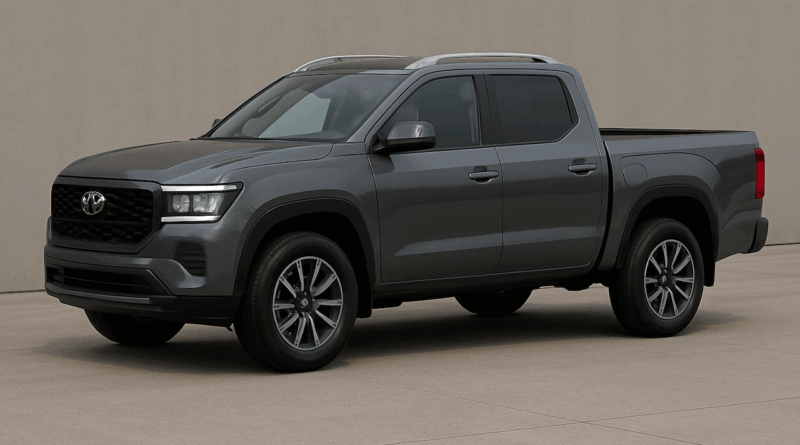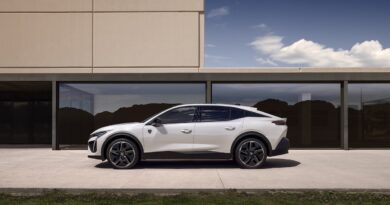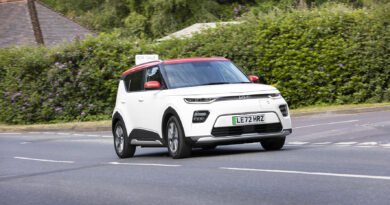Hyundai hybrid ute delayed: Trump’s tariffs take priority over green light for BYD Shark 6 fighter
Sign-off for Hyundai’s electrified dual-cab ute due on-sale in Australia before the end of the decade has been delayed.
And you can blame US President Donald Trump and his ‘Liberation Day’ import tariffs for the hold-up.
The impact of tariff negotiations between the USA and South Korea have become issue number one for Hyundai globally, pushing the green light for the ladder frame ute (captured in a ChatGPT image above) down to number two on the priority list.
READ MORE: Hyundai’s damning self-assessment: “We do a terrible job with our EVs,” declares local boss, as Tesla, BYD and Kia sprint away in electric sales race
READ MORE: Hyundai Ioniq 9 pricing and spec announced: Electric family SUV will be offered in Australia as one expensive model
READ MORE: 2026 Hyundai Ioniq 6 N lands with devastating performance! four-door track-bred EV is a super-fast family hauler
“We’re working at full speed on this [ute program],” Hyundai Australia CEO Don Romano told motoring media recently.
“I’ve just got back [from overseas] and this is the highest issue next to getting the tariff resolved.
“Get the tariff issue resolved and the ute is right under it. And not just for Australia. Australia is a big part of it but we also have a lot of other markets that will also be part of it.
“The US will be part of it, they sell a lot of trucks in the North America.”

In the days after Romano spoke to the media, the USA announced a 15 per cent tariff on South Korean imports, down from a previously threatened 25 per cent rate.
The deal also requires South Korea to accept automotive imports from the USA without any tariffs imposed.
The silver lining is a delayed decision on the Hyundai ute program won’t necessarily impact the arrival timing in Australia late in the decade.
“There is wriggle room,” Romano said.
One thing that seems to have become locked down even as sign-off has been delayed is the Hyundai ute will ignore orthodox diesel drivetrains.
“I would say it’s … less than five per cent chance of something like that [diesel] happening,” Romano said.
“More likely we’re going to take the higher road and go for an alternative drivetrain.
“I don’t think Australia need another diesel ute. I don’t think the world needs another diesel ute.”
Instead, it seems certain that a hybrid powertrain – plugless or plug-in – will be the first option followed later by full battery electric.
“It could be a hybrid. It could be a plug in hybrid. It could be a BEV. All the options are on the table,” said Romano.
He cited multiple reasons for ignoring diesel, including the increasing sales of electrified utes such as the BYD Shark 6; Australia’s new NVES CO2 reduction rules that will increasingly penalise diesel emissions; and the incorporation of the USA in to the ute program. American medium ute buyers are not diesel fans.

“I think I know where I want to go with it [Hyundai ute powertrain] and I believe there’s a lot of other countries that want to go in the same direction. So I’m pretty confident that it will not be a diesel,” said Romano.
The ladder frame developed for the Kia Tasman appears to be the hot favourite to underpin the Hyundai ute, albeit with bespoke exterior and interior styling and techncial development and tuning.
A distant option two is a joint-development program with General Motors.
This is far from the first time Hyundai’s ute program has had a setback.
A lack of a contender in the popular ute segment has been an ongoing saga for Hyundai in Australia for years and one Romano, at his first meeting with the Aussie media in May, vowed to fix.




